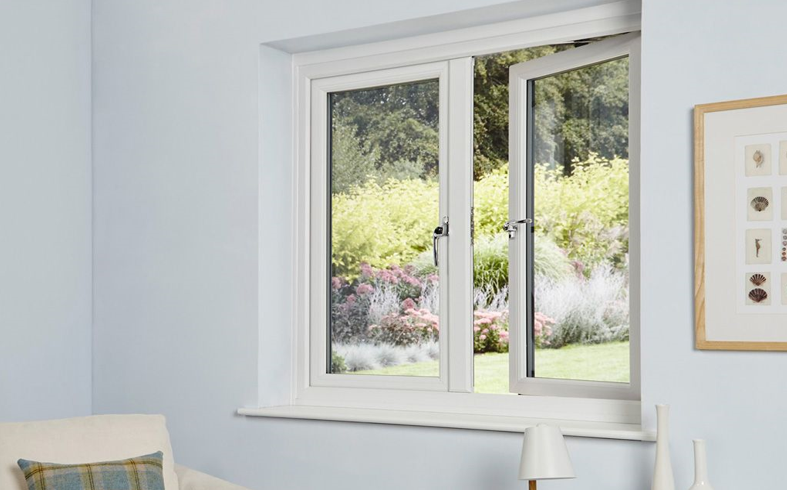The future of technology is looking increasingly transparent, and it is not just about the literal transparency of materials like glass. Innovations in transparent tech are poised to transform the way we interact with our environment, our devices, and even each other. One of the most exciting developments is the emergence of transparent displays. Imagine walking into a room with walls that can seamlessly transition from being a canvas for art or information to a window with breathtaking views of any location on Earth. These displays often made with OLED or microLED technology can render vibrant images and videos while allowing natural light to filter through, creating a harmonious blend of digital and physical worlds. Transparent displays are already finding applications in retail, where they enhance the shopping experience by overlaying information on physical products, and in automotive design, where they can turn the entire windshield into an augmented reality AR dashboard, providing navigation and safety alerts while keeping drivers connected to the road.

Beyond transparent displays, there are also developments in transparent batteries. Traditional batteries are bulky and often limit the design possibilities of devices. Transparent batteries, on the other hand, can be integrated into the structure of a device, making it possible to create gadgets with entirely see-through exteriors. This innovation could revolutionize wearable technology, as transparent batteries could be seamlessly incorporated into clothing, eyewear, and even contact lenses, powering a new generation of discreet and stylish wearables. Imagine sporting a pair of smart glasses that not only provide augmented reality information but also charge themselves through the lenses. Another exciting aspect of transparent tech is its potential to revolutionize healthcare. Transparent sensors and materials can enable continuous monitoring of vital signs without obstructing the patient’s view or comfort. For example, transparent patches with embedded sensors can monitor glucose levels for diabetics, offering a non-invasive alternative to traditional blood tests.
The future of transparent tech also holds promise for energy efficiency. Transparent solar panels, which can be integrated into windows and building facades view https://fwaginc.com/miami/, are under development. These panels allow natural light to pass through while harvesting solar energy, contributing to sustainable architecture and reducing our reliance on traditional power sources. Moreover, the use of transparent materials in construction can create buildings that are not only energy-efficient but also aesthetically pleasing, with the ability to adapt to changing lighting conditions and even display art or information on their surfaces. In conclusion, the innovations in transparent tech are opening up a world of possibilities across various industries. From transparent displays that blend the digital and physical realms to transparent batteries that redefine the design of wearable devices, and from healthcare applications that prioritize patient comfort and monitoring to energy-efficient architecture that seamlessly integrates renewable energy sources, the future looks incredibly transparent.